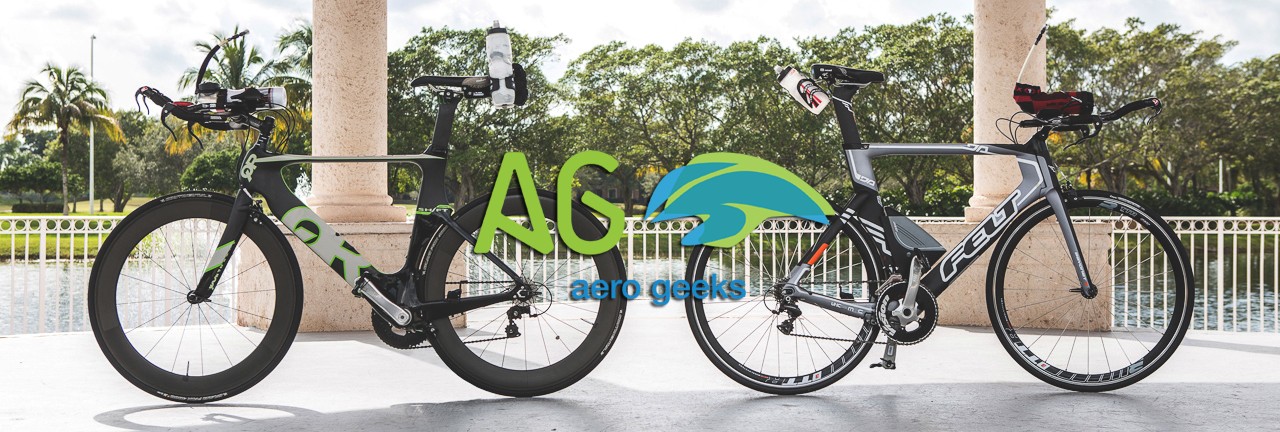Shin Splints: Tools for Treatment and Prevention
If you’re a runner, chances are that the words “shin splints” are some of the most cringe-inducing in your vocabulary. While the injury can vary from mild shin pain all the way to a stress fracture of the tibia, there are very few runners among us that have not experienced this injury to some degree. Fortunately, most would agree that—for the most part—shin splints are very treatable and preventable.
After suffering from a severe bout of shin splints prior to a race in 2011, I added several pieces of equipment to my running arsenal that have more than paid for themselves.
Compression
Known for increasing oxygen and blood flow, compression has been a tried and true treatment for recovery. However, it can also provide benefits during training as well. Compression sleeves have been my number one piece of equipment for not only healing shin splits faster, but also preventing them from coming back. I’ve tried a few different types of compression sleeves but have always come back to the Zensah Compression Shin Sleeve time after time for several reasons:
- Zensah’s thermo-regulating fabric does not contain neoprene or latex, which can leave nasty rashes on allergy prone skin like mine.
- I’ve found Zensah’s moisture-wicking abilities to be top notch. Some of the other products I’ve tried use thicker, heavier fabric that tends to hold more moisture.
- Zensah’s product also provides compression for the front and back of the leg, which can be especially beneficial for those who also experience calf pain/cramping. Zensah calls this “graduated compression.” And according to Zensah, the knitting process they use to achieve this effect is unique to their sleeves.
After using the Zensah sleeves consistently I can honestly say that my legs feel fresher, and I experience less leg pain the day after a long run. And as for the shin splits, I’m happy to report that I have not experienced any shin pain since adding compression into my training and recovery routines.
For more details about compression, we recommend checking out the following article from Triathlete magazine: http://triathlon.competitor.com/2011/08/gear-tech/under-pressure-does-compression-apparel-work_32884.
Stretching
Anyone who knows me can vouch for the fact that I am probably the most inflexible person on the planet—seriously. I’ve tried yoga, physical therapy, pilates…nothing really seems to make a significant difference. And I have no doubt that my lack of flexibility has probably made me prone to more strains, pulls, and tears. With that in mind, whether you’re a contortionist or as stiff as a board, stretching is always a key prevention strategy when it comes to avoiding injury.
While you can absolutely stretch on your own—and you should—a foam roller or roller stick can offer benefits similar to that of a deep tissue massage (at a much more economical price).
Since shin splints can often be the result of muscles in the surrounding areas becoming tense, it’s important to focus on treating muscular tension in areas like the calf, thighs, etc. While not particularly pleasant at first, foam rolling can be an effective way to apply pressure and release tension in a tight spot. Like most things, the more you foam roll the more you’ll find you can tolerate it.
When it comes to selecting a foam roller, the rule is typically the harder the better. The harder the material, the better it will hold up to repetitive roller applications. We at AG use a 36-inch high-density foam roller.
Personally, I absolutely prefer The Stick for working the tight spots out of my lower extremities. For me, it’s easier to use on the fly in comparison with the foam roller. I’m much more likely to run The Stick over my calves or thighs than I am to start a session on the roller. It’s also simpler to use without too much thought—simply roll The Stick up and down a muscle group while applying pressure and let it do the work. We at AG use a shorter version of The Stick (the “Travel Stick”), which is 17-inches in length. It’s the perfect size for use all over the legs. For more information about choosing the best version of The Stick for you, visit their site here: https://www.thestick.com/cgi-bin/commerce.cgi?display=user2.
Icing
This will probably be the most low-tech of our recommendations, but when it comes to icing shin splints, one of the best tools around is the good old Dixie Cup. It’s cheap, just the right size for the shin area, and super easy to make.
To make your own icing cup simply take a few Dixie cups, fill them about two-thirds of the way with water, and freeze. When you’re ready to ice, just take a frozen cup out of the freezer, peel back the edges (leaving enough room for you to grip the remaining cup with your fingers), and massage up and down the shin area with the exposed ice.
Typically icing for about 15 minutes twice a day is a good place to start when treating shin splints. However, we highly recommend getting advice from your sports medicine doctor before starting any treatment program.





My doctor recommended a golf ball muscle roller for my shin splints, great tool for massaging, worked surprisingly very well helped and me recover faster than any other treatment! trust me your going to want to check it out!!
http://zzathletics.com/Golf-Ball-Muscle-Roller-Massager-GBMR1.htm
The biggest low-temperature Thermoplastic splint and Radiotherapy mask manufacturer in Canada. We provide various sizes, colors, perforated thermoplastic splints Radiotherapy Mask, Allfit Nasal Casts, Thermoplastic Brace at attractive prices.
Visit now : https://www.allfitsplint.com/